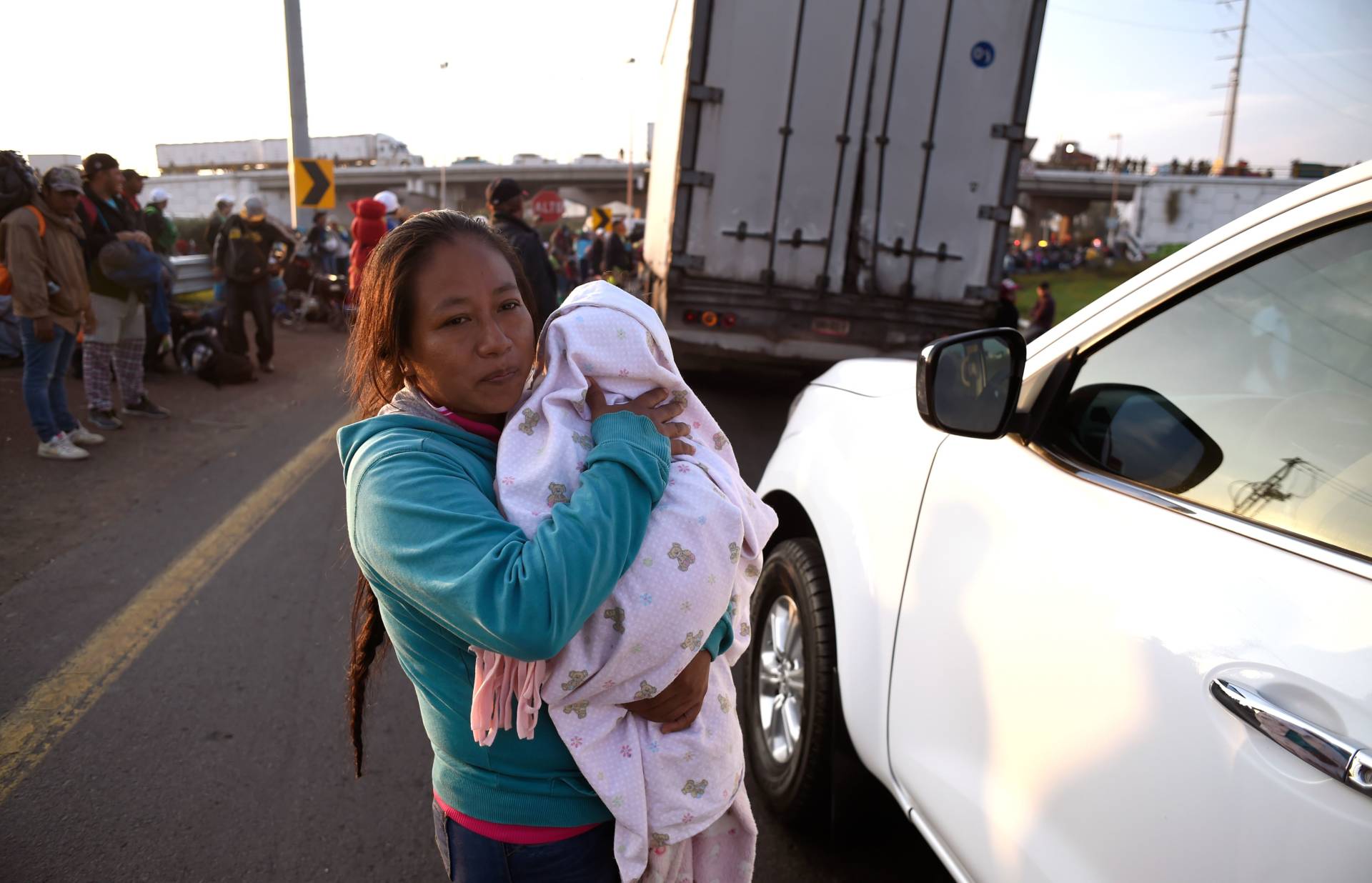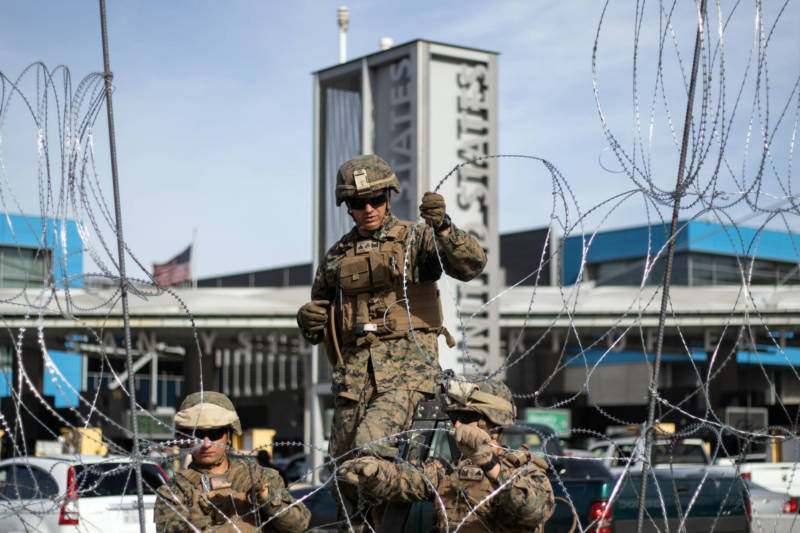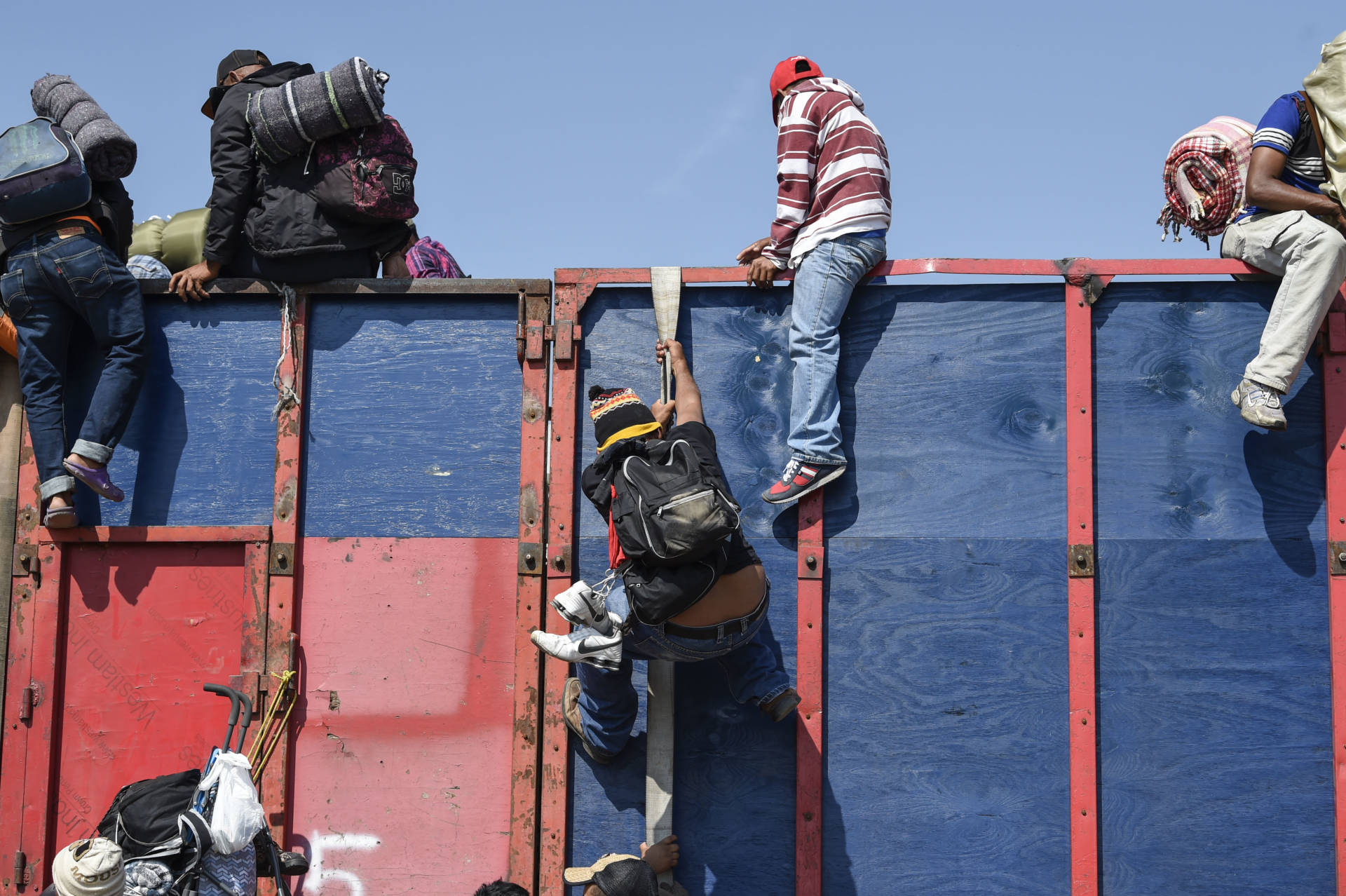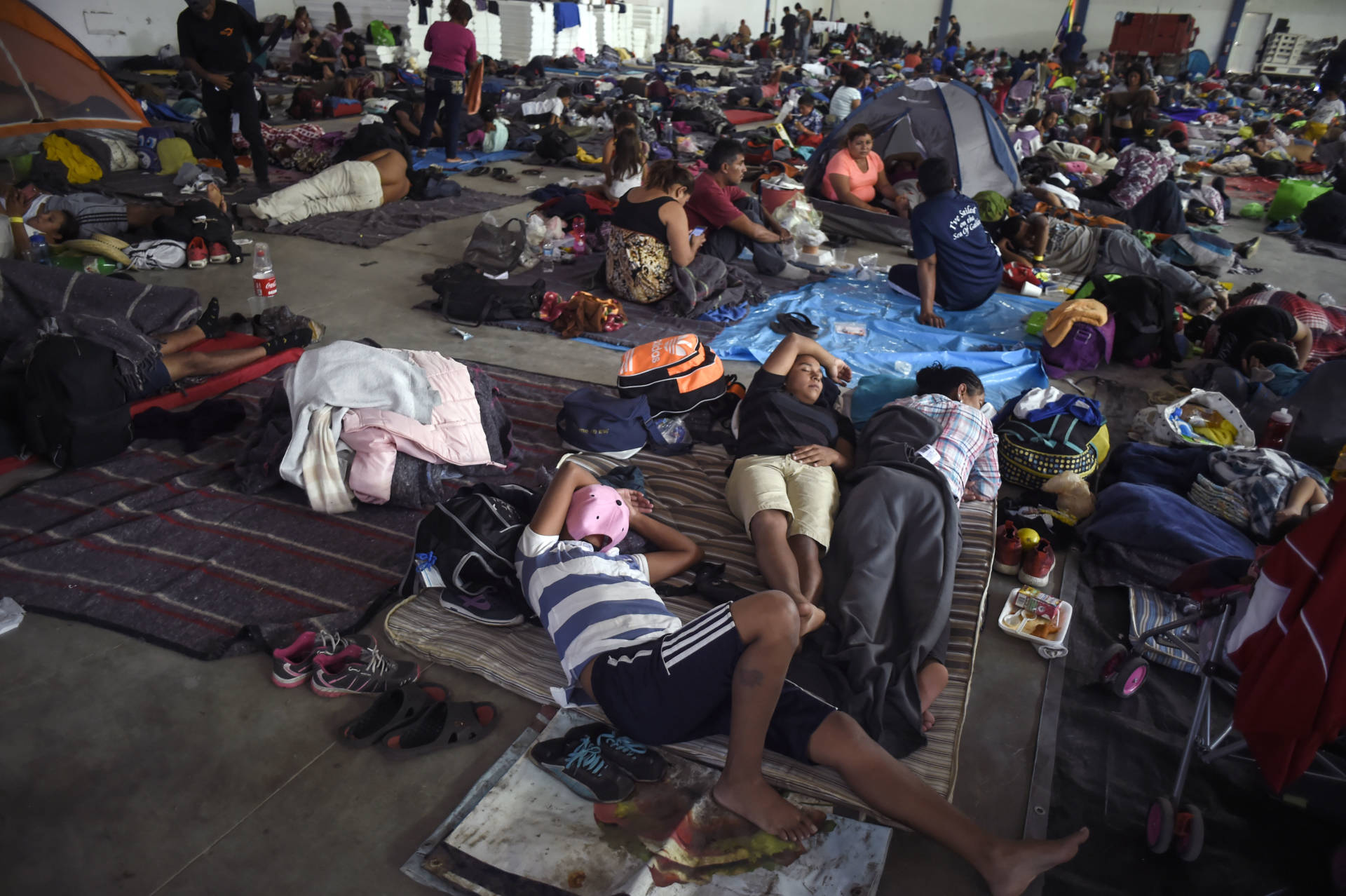The U.S. government said it was starting work on Tuesday to "harden" the border crossing from Tijuana, Mexico, to prepare for the arrival of a migrant caravan leapfrogging its way across western Mexico.
Customs and Border Protection announced it was closing four lanes at the busy San Ysidro and Otay Mesa ports of entry in San Diego.
It said the closures were needed "to install and pre-position port hardening infrastructure equipment in preparation for the migrant caravan and the potential safety and security risk that it could cause."
The caravans became a campaign issue in U.S. midterm elections and President Trump has ordered the deployment of over 5,000 military troops to the border to help fend off the migrants. Trump has insinuated without proof that there are criminals or even terrorists in the group.

To the thousands of Central American migrants making their way toward Mexico's Pacific Coast state of Nayarit, the prospect of meeting a hostile reception at the border is nothing new.
After a month on the road, through three countries, migrants like Maribel, 22, from La Ceiba, Honduras, are used to tough conditions.
Maribel, who did not want her last name used for fear of reprisals in Honduras, pushed a baby carriage with her 1-year-old daughter while her husband pushed another with their 3-year-old son along a highway leading from Guadalajara to the Nayarit capital of Tepic.
"We are well aware of everything Trump has been saying," Maribel said. "Let them close whatever they want to close, but we are going to get through anyway."


